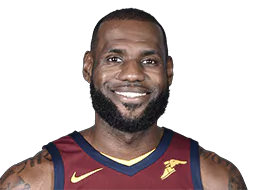
Zone Defense
Image: breakthroughbasketball.com
Michael Wiesemann is an experienced insurance industry professional who recently served as president of Fundamental Group in Indianapolis, Indiana. Away from his work in the insurance industry, Michael Wiesemann enjoys staying active by playing basketball and coaching youth sports.
When it comes to youth basketball, coaches must consider whether to teach players man-to-man defense or zone defense. As the name implies, man-to-man defense tasks each player with guarding a single opponent, often an opponent playing the same position. Zone defense, on the other hand, involves players assuming a set formation and guarding any player or pass moving through a specific section of the court. Each type of defense features a number of customizations that can be used to further tailor a scheme to a team’s strengths and weaknesses.
In youth basketball, zone defenses generally force teams to make outside shots, a skill set many youth players are lacking. Furthermore, youth players often lack the physicality needed to complete skip passes, which travel over the heads of defenders when confronted with a practiced zone defense. These two features make zone defenses highly effective at the youth level. However, athletes who learn zone defense from a young age often miss out on important man-to-man principles, such as on-ball defense, closeouts, and defensive communication.
Man-to-man defensive schemes, on the other hand, are great preparation for basketball players who are playing at more competitive levels. In addition to learning a range of valuable defensive skills, man-to-man defensive promotes athletic development and a more nuanced basketball IQ. Considering how important it is to teach the fundamentals of basketball at the youth athletics level, coaches should strongly consider making use of a man-to-man defense.


